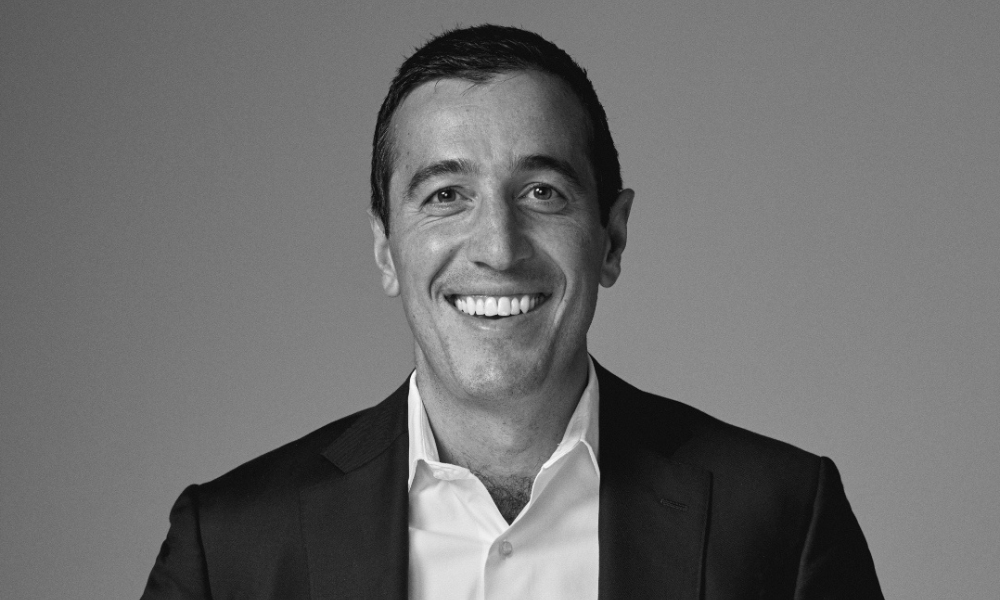What has led these properties to see notable price increases?

Sydney’s property market continues to be a challenging landscape for prospective homebuyers, as revealed in the latest Shore Financial State of Sydney Report. The report highlighted the mounting strains faced by buyers due to a combination of limited supply, robust demand, and anticipated price growth across various suburbs.
The quarterly report has divided Sydney’s suburbs into five quintiles based on current median house prices, offering a snapshot of the expected price movements over the next six months. These quintiles range from Heartland Sydney (quintile 1) to Affluent Sydney (quintile 5).
Market segments and price trends
For Heartland Sydney (quintile 1), which encompasses more affordable suburbs, the median house prices currently hover around $730,000 to $1,036,000. Notably, suburbs like Kingswood and Werrington County, with forecasted growth rates of 4%, are expected to see price increases. However, the overall market remains challenging due to low inventory levels and high competition among buyers.
Suburban Sydney (quintile 2) features higher median house prices, ranging from $966,000 to $1,500,000. Parramatta, with a current median price of $1,500,000 and an anticipated growth of over 5%, shows the area’s competitive nature. The report indicated that these suburbs face price pressure due to persistently low inventory and rapid market turnover.
In the Rising Sydney (quintile 3) segment, which includes suburbs such as Barden Ridge and Belfield, median prices are between $1,659,000 and $2,090,000. These areas are projected to see over 5% growth in the coming months. The report highlighted that despite the high prices, demand remains strong, driven in part by the ongoing influx of buyers and limited housing supply.
The Professional Sydney (quintile 4) and Affluent Sydney (quintile 5) segments show the highest price brackets, with median prices ranging from $1,742,000 in Dundas to $3,950,000 in Gordon. These suburbs are also anticipated to experience continued price growth, with forecast increases over 5% for most areas. The luxury segment, in particular, is buoyed by strong buyer interest and high-income levels, further intensifying the competitive landscape.
Key factors impacting the market
Several factors contribute to the challenging environment for homebuyers. First, inventory levels across Sydney remain critically low, with many areas reporting less than one month of available housing stock.
Additionally, the interest rate outlook poses a potential risk. While previous expectations were for rate cuts, the Reserve Bank of Australia is now considering rate hikes due to persistent inflation concerns.
The report also underscores the role of immigration in sustaining demand, particularly in Sydney’s premium suburbs.
“Forecasting is always tough as no one can see around corners – but it’s particularly challenging at the moment, given that we don’t have a clear view on interest rates and, globally, conditions are challenging,” said Theo Chambers (pictured), CEO of Shore Financial.
“Ironically, global turmoil may actually be contributing to buyer activity, especially in Sydney’s premium suburbs, as Sydney property may be regarded as something of a safe haven. That’s a valuable reminder that both owner-occupiers and investors should approach property with a long-term mindset.”
Do you have something to say about these findings? Let us know in the comments below.



